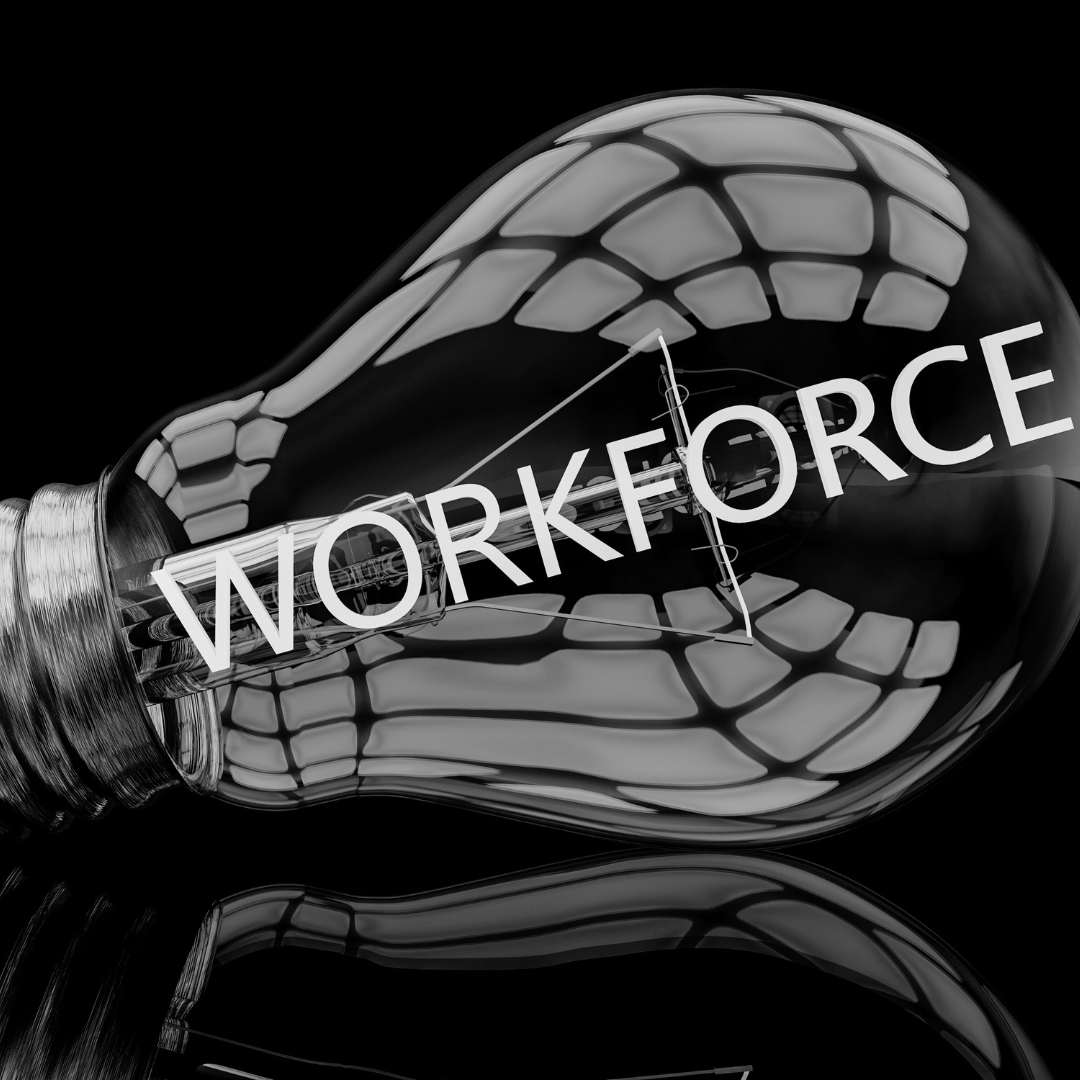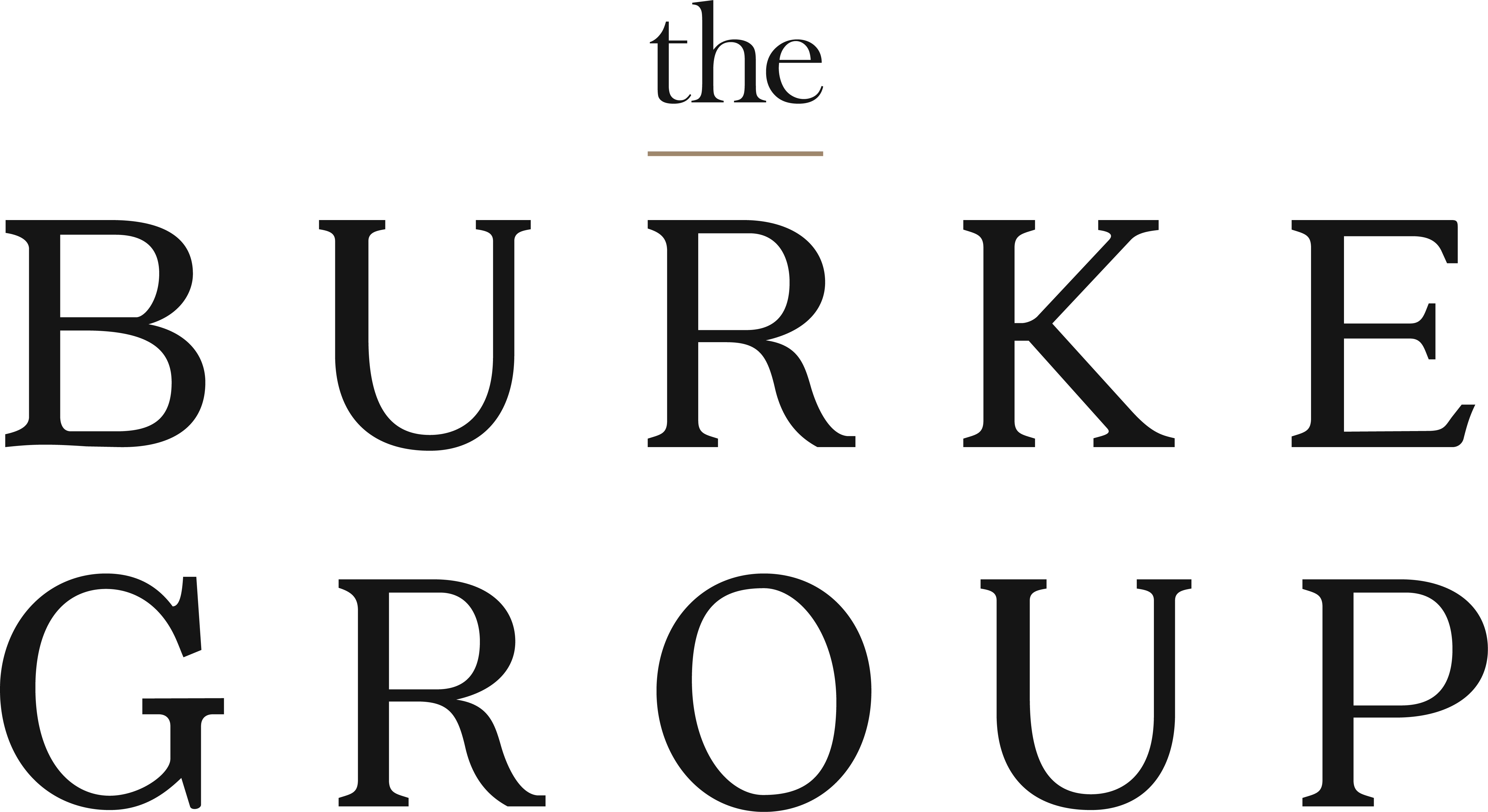Multigenerational Workforce - Managing & Developing

Managing and developing a multigenerational workforce is a growing challenge for businesses today. With the workforce now spanning five generations - Traditionalists, Baby Boomers, Generation X, Millennials and Gen Z - employers must navigate diverse values, work styles, and communication preferences. With the workforce becoming increasingly diverse in age, companies must learn to navigate the unique needs and perspectives of different generations to create a cohesive and productive team.
One of the key challenges of managing a multigenerational workforce is understanding the different communication styles and preferences of different generations. For example, older generations may prefer face-to-face communication, while younger generations may prefer digital communication methods like instant messaging and email. By understanding these differences and adapting communication styles accordingly, managers can ensure that all employees feel heard and valued.
Another challenge of managing a multigenerational workforce is understanding different generations' different work styles and preferences. For example, older generations may prefer a more structured and hierarchical work environment, while younger generations may prefer a more flat and collaborative work environment. By understanding these differences and creating a work environment that accommodates the needs of all generations, managers can help to improve employee engagement and productivity.
Companies must also focus on providing opportunities for professional development and growth to manage and develop a multigenerational workforce effectively. This includes training and education, mentorship programs, and leadership development opportunities. Companies can also offer flexible working arrangements and work-life balance programs to accommodate the needs of different generations.
Another important aspect of managing a multigenerational workforce is fostering a culture of inclusivity and respect. This includes educating employees on the importance of diversity, equity, and inclusion and providing training and resources on topics such as unconscious bias, microaggressions, and cultural competency. It also includes creating a work environment where employees feel safe and comfortable expressing their unique identities and experiences. By promoting a culture of inclusivity, employers can help to create a workplace where all employees feel valued and respected and where different perspectives and ideas are welcomed and encouraged.
Furthermore, managers should also be prepared to handle conflicts that may arise within the multigenerational workforce. Conflicts can range from simple misunderstandings to more complex issues like discrimination and harassment. Managers can play a vital role in resolving conflicts by providing a safe space for employees to express their concerns, conducting investigations, and implementing fair and equitable solutions for all parties involved. By effectively managing conflicts, managers can help to create a positive work environment that is safe, respectful, and inclusive for all employees.
Managing and developing a multigenerational workforce requires a strategic and holistic approach encompassing communication, work environment, professional development, and culture. By understanding the unique needs and perspectives of different generations, providing opportunities for growth and development, fostering a culture of inclusivity and respect, and effectively managing conflicts, managers can help to create a cohesive and productive team. This will, in turn, benefit the organization as a whole by increasing engagement, creativity and productivity among the workforce.
Summary and tips for developing a successful multi-generational corporate culture:
- Foster open communication: Encourage employees from different generations to share their experiences, opinions, and ideas. This can be done through team meetings, town hall events, and other forums where employees can engage in productive dialogue.
- Offer flexible work arrangements: Different generations may have different priorities regarding work-life balance. Offering flexible work arrangements, such as telecommuting, part-time schedules, and flexible hours, can help accommodate all employees' needs.
- Provide training and development opportunities: All employees should have access to training and development opportunities that help them improve their skills, knowledge, and performance. This can include on-the-job training, workshops, and conferences.
- Encourage mentorship: Mentorship programs can help employees of different generations learn from each other and develop meaningful relationships. By pairing younger employees with more experienced workers, everyone can benefit from the knowledge and experience of their peers.
- Emphasize respect and inclusion: All employees should feel valued and respected, regardless of age, experience, or background. Employers should promote a culture of inclusion and respect and actively work to address any incidents of discrimination or bias.
- Promote work-life balance: Encouraging employees to maintain a healthy work-life balance can help to reduce stress and increase job satisfaction for workers of all ages. This can include providing paid time off, flexible schedules, and resources for managing stress and wellness.
- By following these tips, employers can develop a multi-generational corporate culture that supports and encourages the growth and development of all employees. When everyone feels valued, respected, and supported, the workforce can thrive, and the company can reap the benefits of a diverse and talented team.
- Traditionalists or the Silent Generation (born between 1925-1946): This generation is characterized by its strong work ethic, loyalty to their employer, and a sense of duty to their country.
- Baby Boomers (born between 1946-1964): This generation is known for its strong desire for personal growth and development and its focus on work-life balance. They are also known for their workaholic tendencies and tendency to stay with the same company for their entire careers.
- Generation X (born between 1965-1980): This generation is known for its independent and self-sufficient nature, as well as its entrepreneurial spirit. Generation X is often seen as the "bridge" between the Baby Boomers and the Millennials.
- Millennials (born between 1981-1996): This generation is often characterized by its tech-savvy nature, its focus on work-life balance and its desire for purpose and meaning in its work. Millennials are also known for their desire for regular feedback and opportunities for growth and development.
- Generation Z (born between 1997-2012): This is the newest generation entering the workforce. Generation Z is known for its comfort with technology, its entrepreneurial spirit, and its focus on work-life balance. They also highly value diversity and inclusion and prioritize their mental and physical health.
It's important to understand the characteristics and values of each generation in order to effectively manage and develop a multi-generational workforce. By creating a workplace culture that values diversity and inclusion and provides opportunities for growth and development, employers can foster a productive and harmonious workplace for all employees.
